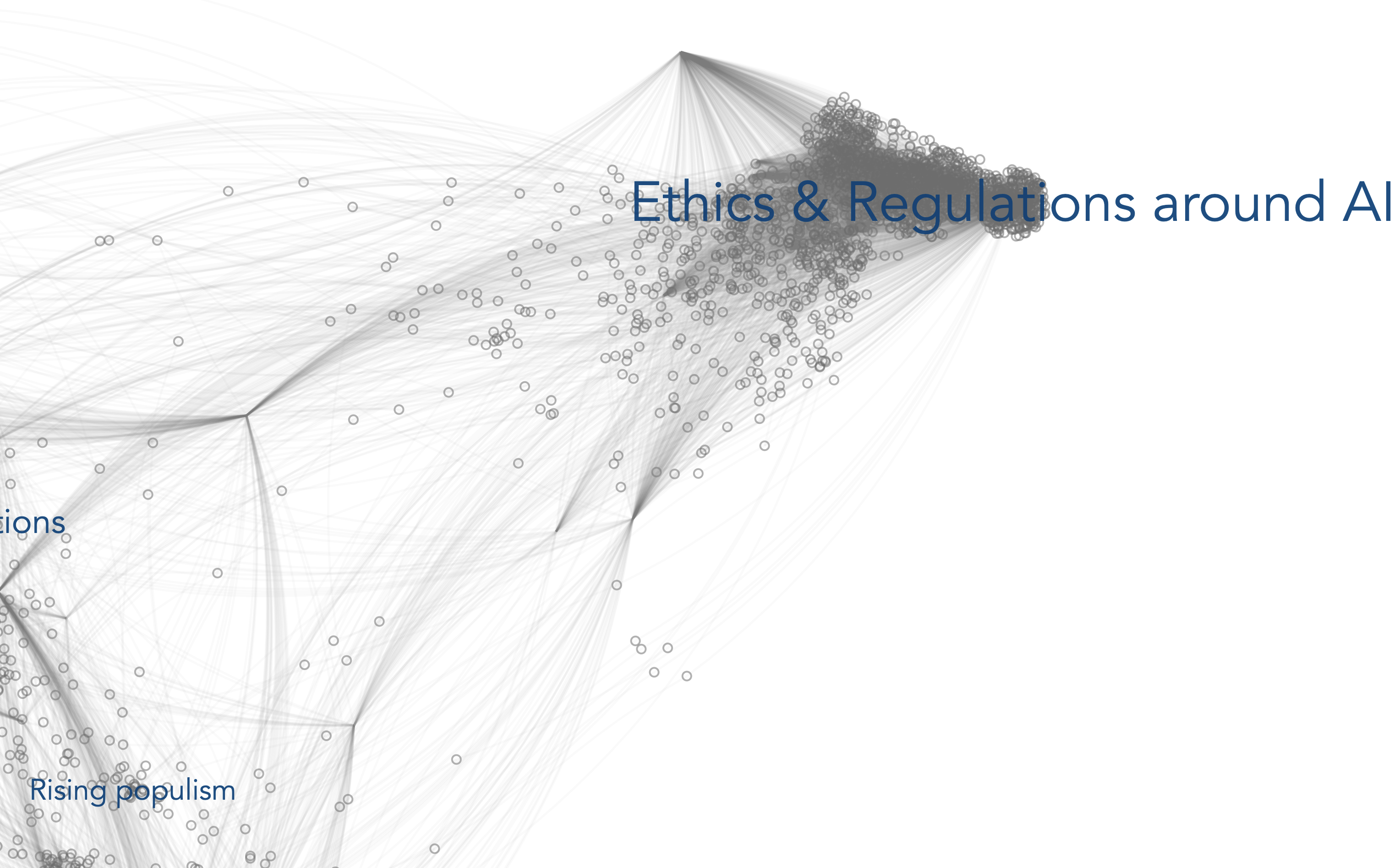We live in the age of answers. Dinner debates no longer end in stalemate, that uncomfortable detente where nobody is right, and everybody potentially wrong. This space, a potential field where everybody knows that you might be embarrassingly wrong, and yet wonderfully right. A reflective kernel that forces us to wonder how we could be wrong. This cautious world view has been lost to a world of Googled answers, filter bubbled Facebook friends, and consumption customized by Amazon. Questions have immediate answers, debates are settled, territories reified, were all better for basing our arguments on facts. Or are we?
In an age of answers, questions are our greatest treasure.
MacCready was a genius, not because he was particularly bright, which he was, but because he obsessed about the question. What is the real question that you are trying to solve? MacCready would spend months working on the question. In 1977 something happened, only dreamed for an age, humans powered their own wings. The Gossamer Condor powered by Bryan Allen’s legs flew a figure 8 over the desert in a mile long sustained controlled flight. Human powered flight was achieved, a bicycle for the sky. Leonardo da Vinci’s dream of flight, realized 500 years later. The materials helped, aluminum tubes, mylar and sticky tape, but the question was more important. MacCready had succeeded where everyone had failed. The secret sauce was sticky tape.
Where everybody spent 6 months building perfect prototypes, wind tunnel tested only to fail upon takeoff, MacCready realized that the challenge was not to crash a prototype every 6 months. The challenge was to crash a prototype 6 times a day. The question was not how to build the perfect flying machine, the question was how to accelerate the testing process of imperfect flying machines. Success would come from the small nuanced design changes learnt from real world testing. The real question was how do we accelerate learning through testing. To do that, simple materials, allowing minute by minute design changes, were needed. “Less tube, more tape.”
Once you have the question the answer follows beautifully.
In months MacCready succeeded where everybody had failed. A few years later the Gossamer Albatros flew across the English Channel. We, however, do not live in the 1970s, we live in the age of AI. We can test complex designs millions of times a second, algorithms can suggest alternatives, and the future cradles the promise of a world where our very thoughts have been outsourced to machines. This viewpoint is very limited.
At Erasmus.io we do not believe in AI- we believe in Intelligence Augmented. Not AI but IA. What we need in the age of answers are better questions. What we have been building over the last 15 years is MacCready’s equivalent of a machine that supports us in finding better questions.
We need machines that help us find better questions, not just simple answers.

